Tokyo Olympics 2020 (21): What’s on the menu?
Health and Wellbeing
Your cart is empty.
SUBTOTAL
£0.00

Health and Wellbeing
Finally, after a year delay (thanks, Covid), the Tokyo 2020 Olympic Games is about to get started, which begs the question why it hasn’t been renamed Tokyo 2021. Anyway…
Over 18,000 Olympic athletes and 8,000 Paralympic athletes will descend on the Japanese capital, coming from over 200 countries. Oh, there’s also all of the coaches, officials, volunteers and other staff members to think about. It’s more of an Olympic city, than an Olympic village. The question is, how on earth do you cater for such a large number of people with so many different cultures and food needs? You have to cater for a diversity of sports, ages and unique dietary needs.
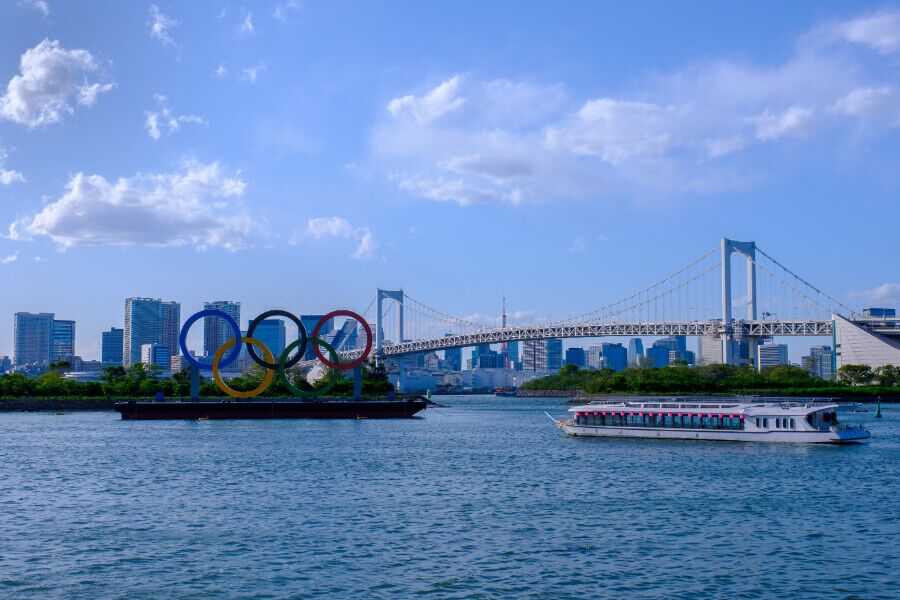
At the first modern day Olympics (held in Paris, 1924), there wasn’t all that much choice. Competitors were offered three basic meals a day with dinner often consisting of soup, a main meat course and desert(!) with wine or beer(!!) provided at lunch and dinner. We’re not sure how well that helped peak performance…
Meanwhile in 1948, the first Olympic games to be held since WWII took place in London. Because of the war, there were huge food shortages and each country was actually asked to bring food for their athletes! Needless to say, things have certainly changed a bit since then. So, what’s going to be on the menu in Tokyo?
The Olympic ‘village’ has been built in Harumi, Chuo-ku – a coastal area of Tokyo. It’s going to be open 24 hours a day and it’s here that most athletes and staff will be consuming their meals. To cater for these huge numbers, Tokyo has a main dining hall that will seat up to 4,500 people.
The main dining hall will focus on nutritional management and the dietary diversity among the athletes, helping them to enable peak performance during their competitions. You’ll find about 600 to 700 different kinds of dishes from all around the world. There’ll be over 60 condiments available (our spice mixes wouldn’t go amiss here) as well as plenty of halal, vegetarian and gluten-free options.
Of course, a large proportion of these will be targeted at the main nutritional groups:

We couldn’t possibly cover all of the dietary requirements for every single athlete as there are so many different body types and needs out there, but if you want to learn more about how vital food is to their performance, having a read of our article about the best foods for runners or taking a closer look at healthy eating are good places to start.
On top of this, there will be plenty of ‘grab and go’ canteens around both the main village and all of the venues. Here, you’ll be able to find supplementary foods and snacks such as fruit which will help the athletes quickly take on vital energy.
Naturally, you may be wondering ‘what about the Japanese food?’ When you travel round the globe to Tokyo, it seems a shame not to indulge in what is one of the world’s finest cuisines. After all, Tokyo has more Michelin-starred restaurants than anywhere else in the world.
The organisers haven’t forgotten about this. Alongside the main dining hall, there will also be what’s been described as the ‘casual dining hall’ – a casual space of roughly 400 seats where more traditional Japanese cuisine is going to be served using local, specially-sourced products. Yes please!
What really piqued our interest about this is that in August and September of 2020, the Tokyo Organizing Committee ran a competition looking for five local dishes to include in the offerings. The competition received over 700 recipes and it seems a shame that only five could be picked as winners. We’d love to see the full list of entries but here’s what we know about the winners:
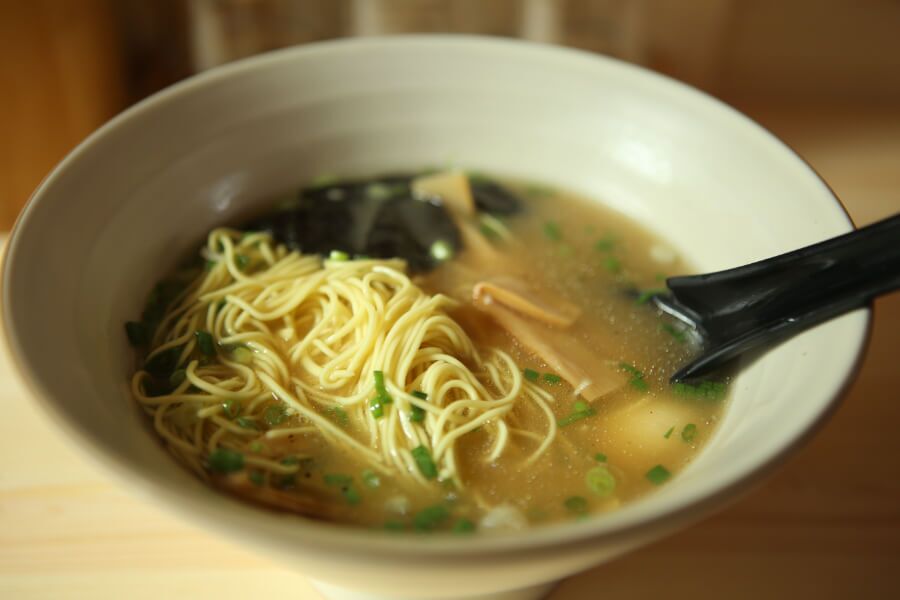
Somen are very, very thin noodles made from wheat flour, usually with a diameter of less than 1.3mm. This is a classic dish that’s often eaten in the hotter summer months in Japan. In fact, Somen chilled with ice is particularly popular because it helps you to stay cool! More often though, Somen will be served cold with a lightly flavoured dipping sauce, usually featuring Japanese bunching onion, ginger and myoga (finely shredded, very tasty flower buds). In the Olympic village they will be served up with chicken and vegetables in a tomato broth…the athletes need all the nutrition they can get!
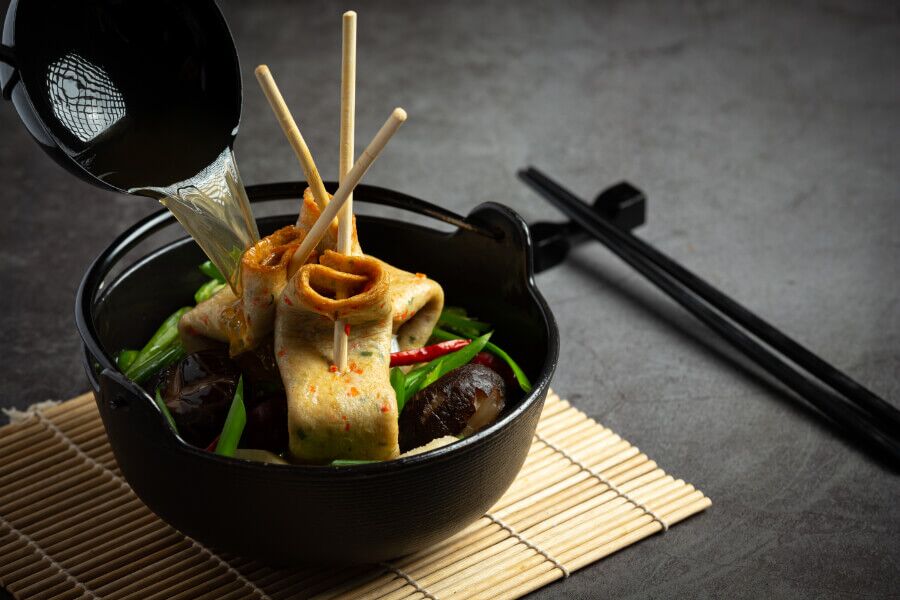
Oden is a traditional winter dish in Japan. It’s a classic Japanese one-pot dish that contains several ingredients including boiled eggs, daikon, konjac and processed fishcakes. All of this is stewed together in a light, soy-flavoured dashi broth. Delicious!
You would often find this one being served from food carts and street stalls but through the winter months but given that the Tokyo Olympics will be taking place in the summer, the dish is going to retain key ingredients such as fish cakes but it will be served in a cold soup with tomatoes and plenty of other summer vegetables (it’s all about that nutrition, remember).
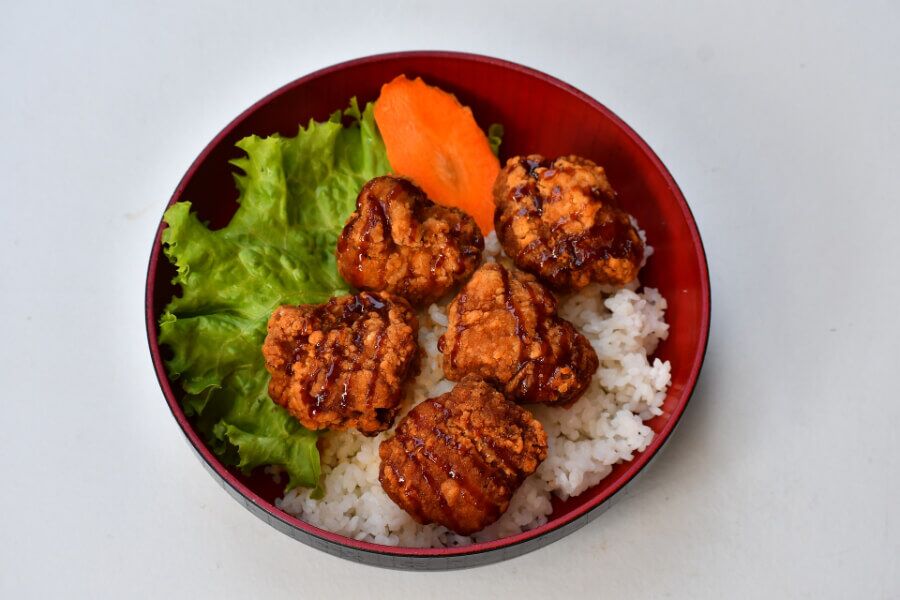
This is a specialised dish that originates from Hokkaido – Japan’s northernmost island. Most regions of Japan have their own style of ‘karaage’ – basically, the act of deep frying something. Zangi is Hokkaido’s version of karaage and, many people claim, has a flavour and taste profile that’s completely different to other versions because of the special spice mixture it’s flavoured with (including ginger and garlic).
We’re not sure how healthy this is going to be for our athletes but, it’s on the menu in the casual dining hall. Delicious, deep-fried balls of salmon.
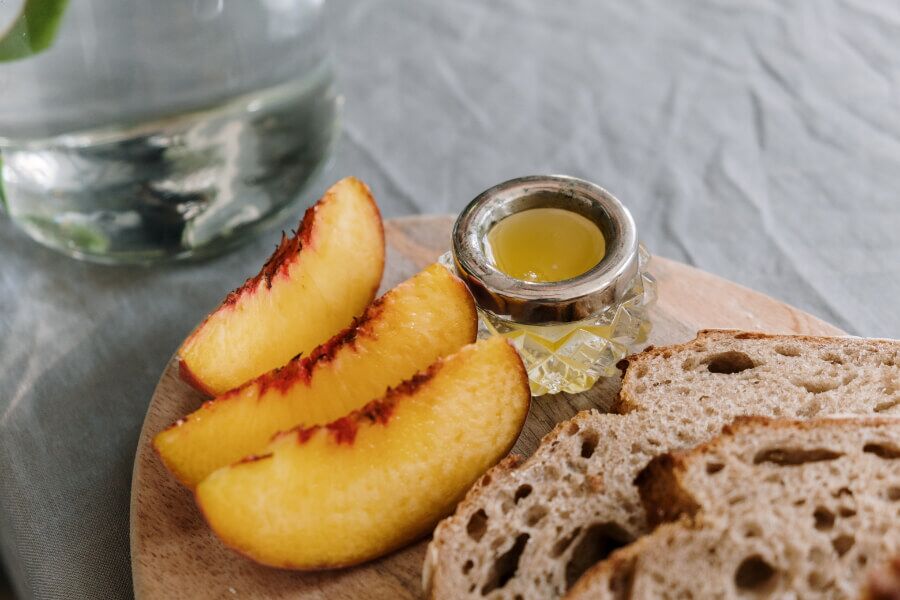
Yep. Toast is on the menu. Fortunately, it’s not just toast on its own. That would be a little boring. It’ll be served with peaches, ham and cream cheese. While this may seem like a slightly peculiar combination to a Western palette, it’s all the rage in Japan! According to this article in The Guardian, the humble art of making toast is the latest culinary obsession that’s gripped the Japanese people.
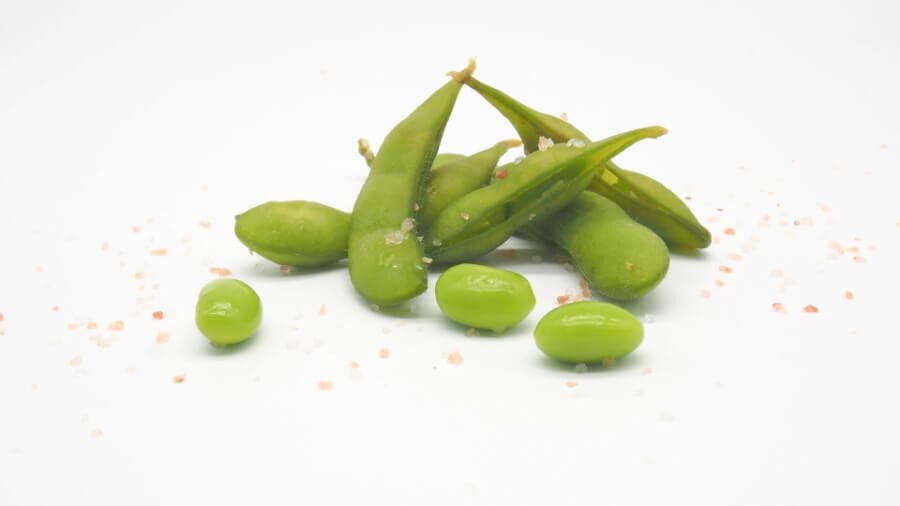
Again, we’re not entirely sure how healthy this one is for athletes but, it sounds delicious. This desert is panna cotta served with a Japanese twist. Zunda is a lightly sweetened paste that’s made from mashed edamame and green soybeans – most commonly found in northeastern Japan. The end result is a crunchy consistency that’s a bit like peanut-butter!
So, it looks like Tokyo is going to be an absolute feast. Makes you wish you’d paid more attention and put more effort into PE class, doesn’t it? Of course, if you’re a really picky eater then each nation can feel free to send over care packages that keep their athletes from getting homesick. For example, Team GB has sent over 45,000 teabags, 7,000 bags of crisps and nearly 8,000 pots of porridge!

Understanding Spices
Spices have long been integral to the UK's culinary landscape, adding depth, flavours, and richness to a myriad of dishes. From the pungent aroma of cumin in Indian curries to...
Read MoreUnderstanding Spices
Confetti is an essential part of any wedding day. Not only is it a wonderful way to greet a newlywed couple, but it also provides some beautiful photo opportunities. The...
Read MoreSeasonal Ideas
It’s no secret that any handmade gift will always be more special than a store-bought one. Homemade food gifts are especially wonderful, a labour of love that shows someone you...
Read MoreHealth and Wellbeing
It’s no secret that winter’s cold and gloomy weather makes us crave indulgent dishes like fondue and baked goods like sticky toffee pudding and apple crumble. While Christmas is the...
Read More